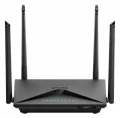D-Link Wireless AC1750 router review
D-Link introduced the Wireless AC1750 router in 2015. It is powered by Qualcomm Atheros QCA9563 @ 750 MHz chipset, 128 MB of RAM, and 16 MB of flash memory.
Wondering if the D-Link Wireless AC1750 is a must-have? Read on!
Table of Contents
- D-Link Wireless AC1750 specifications
- Body, dimensions, weight
- System, chipset, RAM, flash, power supply
- Network, protocols, WAN and LAN ports
- Wireless, antennas, speed, security
- Connectivity
- Administration, user interface, login information
- Links
- Verdict, Pros and Cons
- Photos
- Comparisons
Our personal experiences and opinions form the basis of this article. We aimed to share insights on a topic, and we hoped others would find it useful and inspirational. If you noticed any mistakes or missing details about the D-Link Wireless AC1750, please let us know.
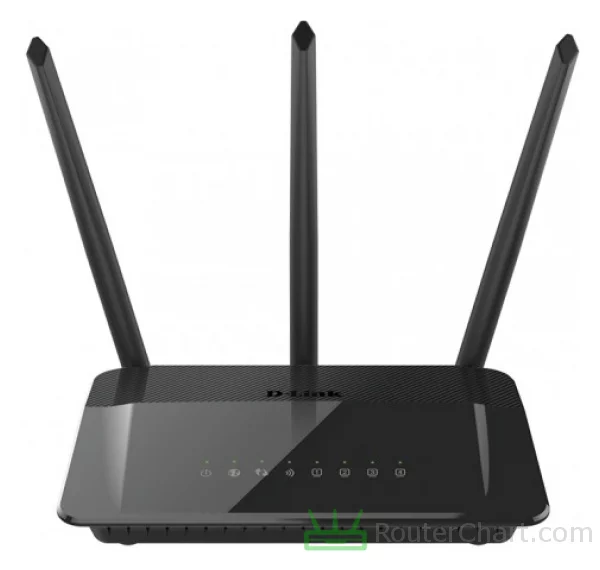
The Wireless AC1750 is a popular router. It provides excellent networking capabilities due to its advanced features. D-Link prioritizes network security to keep data safe and secure.
D-Link Wireless AC1750 specifications
| Brand | D-Link |
|---|---|
| Name | Wireless AC1750 |
| Type | DIR-859 |
| Rating | |
| Launch | 2015 |
Body
| Dimensions | 189.95 x 149.75 x 38.11 mm |
|---|---|
| Weight | 303 g |
The dimensions of a router can impact its cooling capabilities. Larger routers have more room for internal cooling. If you buy a router online or have it shipped, the weight may affect the total cost.
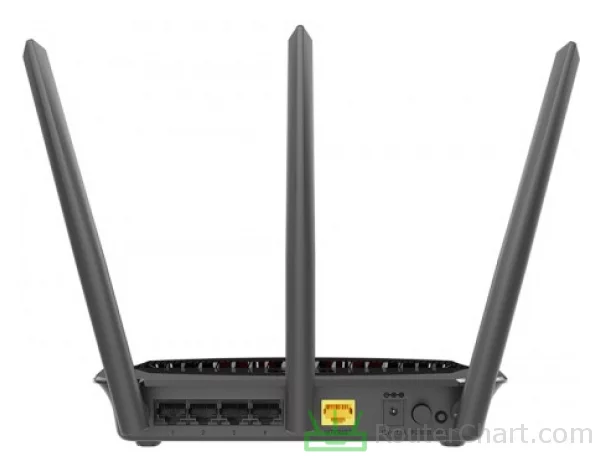
System
| Chipset | Qualcomm Atheros QCA9563 @ 750 MHz |
|---|---|
| RAM | 128 MB |
| Flash | 16 MB |
| OS | D-Link |
| Power supply | 12 V / 1.5 A |
The D-Link Wireless AC1750 router has a Qualcomm Atheros QCA9563 @ 750 MHz processor. Some router features and software work best when they have enough RAM to help them.
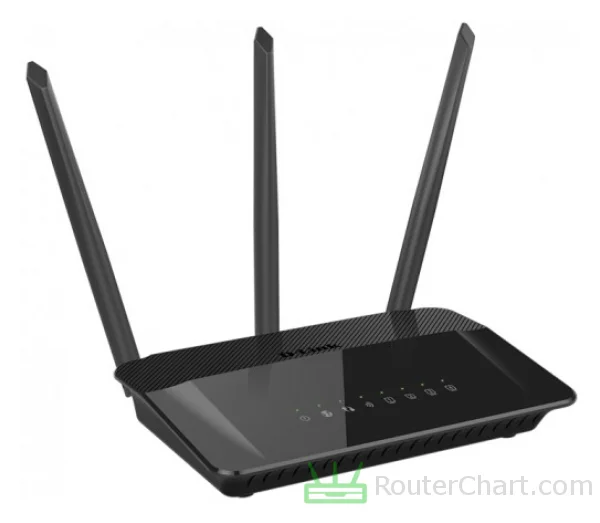
Network
| Protocols | IPv4 IPv6 |
|---|---|
| LAN ports | 4 x 10/100/1000 Mbps |
| WAN ports | 1 x 10/100/1000 Mbps |
| Mobile network | no |
| VPN support | no |
The latest firmware supports IPv6. It provides a system to identify and locate computers on networks. If you have a 1 Gbps or faster internet plan, you need gigabit Ethernet ports. The Wireless AC1750 ensures that you can use fast internet from your ISP fully.
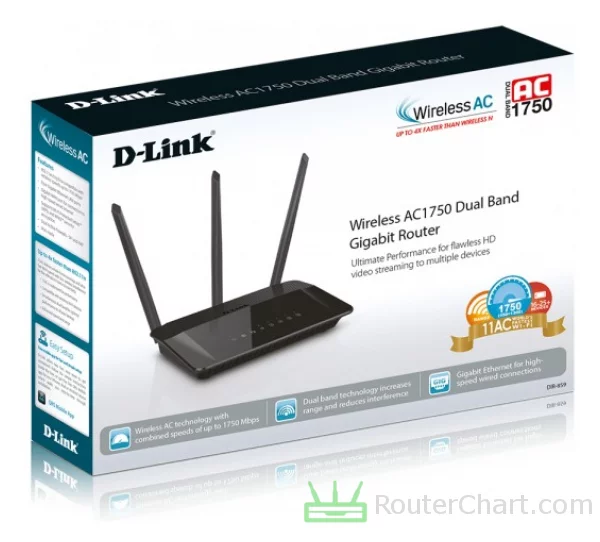
Wireless
| Antennas | 3 x 2 dBi |
|---|---|
| 2.4 GHz | yes |
| 5 GHz | yes |
| 60 GHz | no |
| Standards | IEEE 802.11a/b/g/n/ac |
| Class | AC1750 |
| Speed | 450 + 1300 Mbps |
| Transmit power | 20 dBm |
| Security | WPA WPA2 WPS |
| Guest network | yes |
The 2.4GHz band refers to the part of the radio spectrum between 2.400 and 2.4835 gigahertz. The 5 GHz band offers better noise immunity and less interference. The AC Wi-Fi router is backward compatible with older Wi-Fi devices that support 802.11a/b/g/n standards. The introduction of WPA2 (Wi-Fi Protected Access 2) improved upon WEP. It provides stronger security. The Wi-Fi Protected Setup (WPS) lets you join a safe wireless network with the push of a button or a simple PIN entry.
Connectivity
| USB ports | no |
|---|---|
| Print server | no |
| File server | no |
The Wireless AC1750 router doesn't have file-server or print-server functionality.
Administration
| Default IP | 192.168.0.1 |
|---|---|
| Default username | Admin |
| Default password | [blank] |
If you can't log in to your D-Link router's setup panel, try resetting it. A reset can help you troubleshoot. It is highly recommended to change the default password of your Wireless AC1750 router. Do this after the initial setup.
Links
| Official site | https://www.dlink.com/ |
|---|
Pros and Cons
Every router, including this D-Link one, has its good sides and not-so-good sides. Let's take a closer look at both to get a full understanding of what this router can do. Just remember, this is just what I think, and you might see things differently.
Pros
- lightweight
- sufficient memory
- IPv6 capable
- high-speed LAN port
- high-speed WAN port
- works on 5 GHz band
- WPS friendly
Cons
- insufficient flash
- missing Wi-Fi 6 support
- incompatible with WPA3
- no USB connectivity
D-Link Wireless AC1750 photos
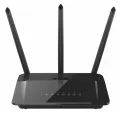

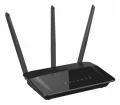
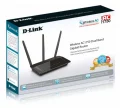

D-Link Wireless AC1750 comparisons
We've noticed that many of our visitors like to compare the D-Link Wireless AC1750 router with these popular models.
If there’s information about the D-Link Wireless AC1750 that you would like to see on this site, then write to us.
Updated: May 25, 2024


